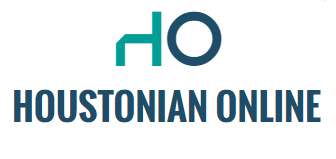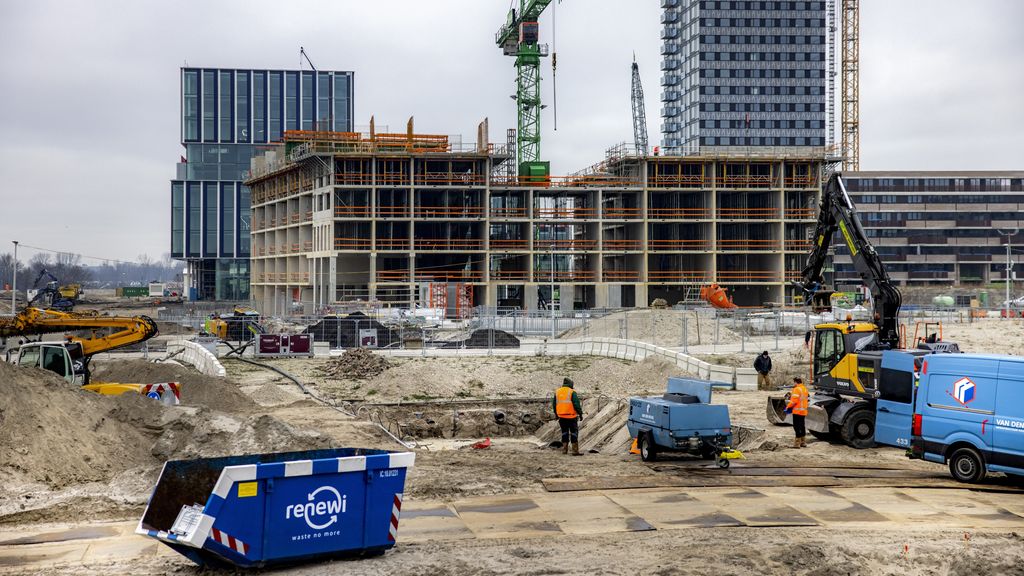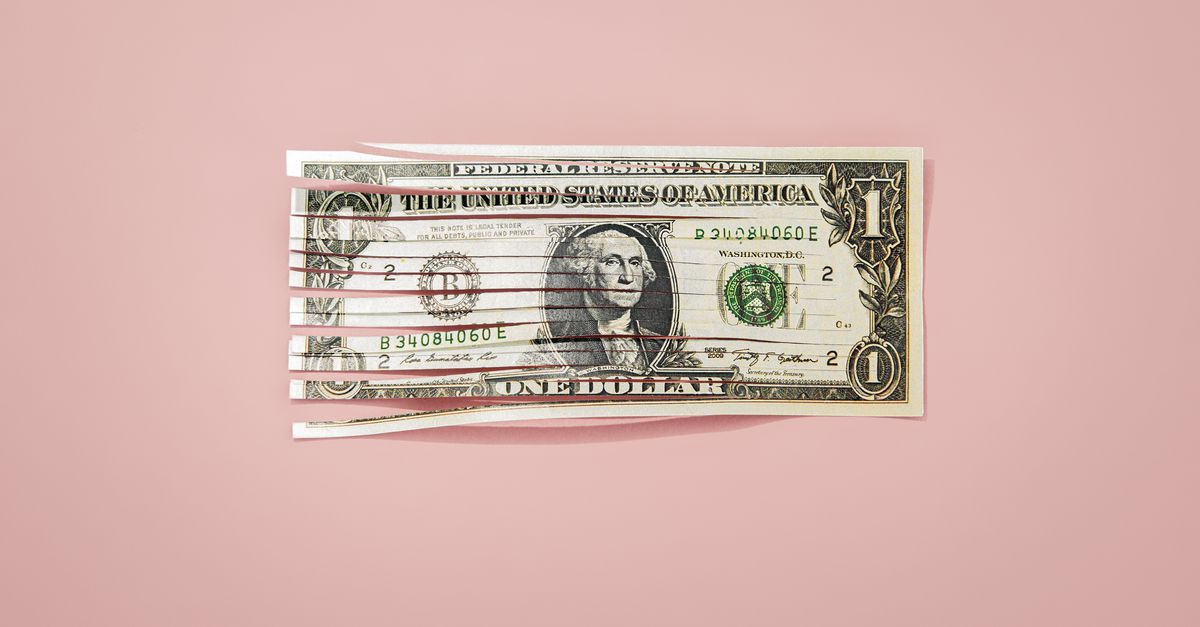The US economy shrank in the second quarter. This is the second consecutive quarterly contraction. It doesn’t even matter on what basis you compare. Compared to the previous quarter, gross domestic product (GDP) was 0.2 percent lower (as Europeans usually measure). According to figures released by the National Bureau of Economic Research (NBER) on Thursday, GDP contracted 0.9 percent (as measured by Americans) in the second quarter from a year earlier.
In the first quarter, the US economy had already shrunk by 1.6 percent from a year earlier. Technically, these two consecutive quarters of contraction have resulted in a recession. So is America in a recession?
No, economists and policymakers now say, the statistical understanding of the concept of recession is too narrow. A recession in the US only occurs when a panel of economists within the NBER confirms that there is a recession. They look at factors beyond GDP growth or contraction, such as employment, retail sales, manufacturing figures and household income. When will they report on recession? Often months after it’s actually set up. Sometimes it takes even a year. NBER economists will first look at whether the contraction extends to the entire U.S. economy or just a few sectors.
In addition, Thursday’s figures are first estimates that are often revised as economic data becomes known. Negative figures may turn into positive figures by the end of August.
read more: The US economy is contracting for the first time since the coronavirus pandemic
The Fed is not distracted
The Fed, the American system of central banks, is also undeterred by summary statistics. “You better take it with a grain of salt,” Fed Chair Jay Powell said Wednesday as he explained the 0.75 percentage point rate hike at a press conference. This is the fourth increase since March. The interest rates charged by the central bank now range from 2.25 to 2.5 percent.
Those rates are higher than the 0 percent interest rate set by the European Central Bank last week. Fearing an economic downturn, the ECB was more cautious about high inflation.
Powell and his fellow Fed board members are undeterred. Their main goal is to bring inflation back to 2 percent as long as employment is maintained. Inflation in the US was 9.1 percent last month, mainly due to higher energy prices.
Still, raising interest rates in a period when an economic recession is imminent is not obvious. High interest rates limit the incentive for firms to invest and buy consumer goods or housing. Powell calls the current situation challenging. “The United States is not in a recession right now because many parts of the economy are doing very well,” he said in his statement. In it, he hinted that interest rate hikes may slow down. Earlier, many economists expected the central bank to raise interest rates to 3.5 percent in the coming period.
There is great uncertainty in the US economy. Fears of recession are greatly reduced as unemployment is low and job opportunities are high. So there are already economists who dare to predict growth in other quarters of the year.
A version of this article appeared in the July 29, 2022 issue of the newspaper







